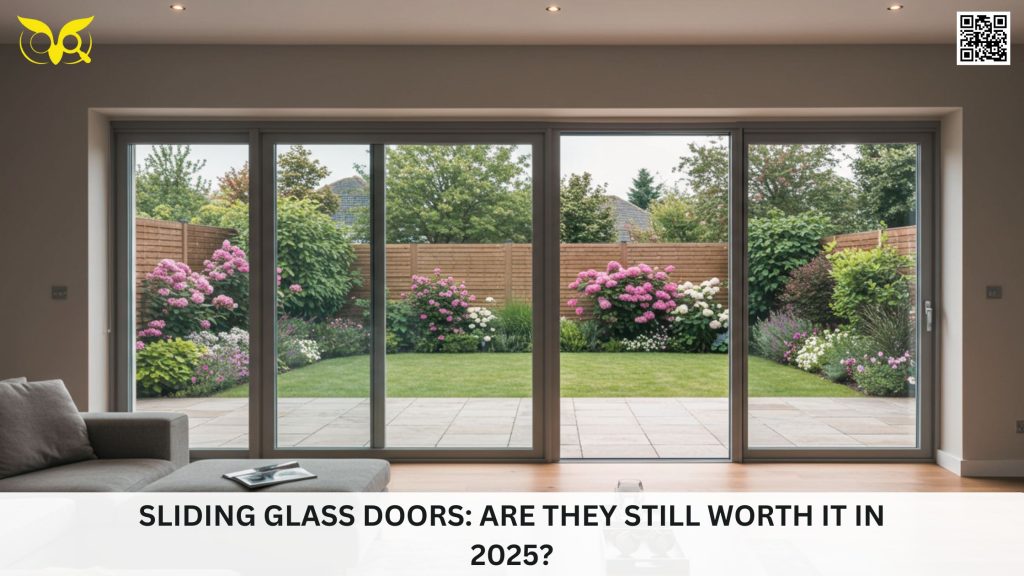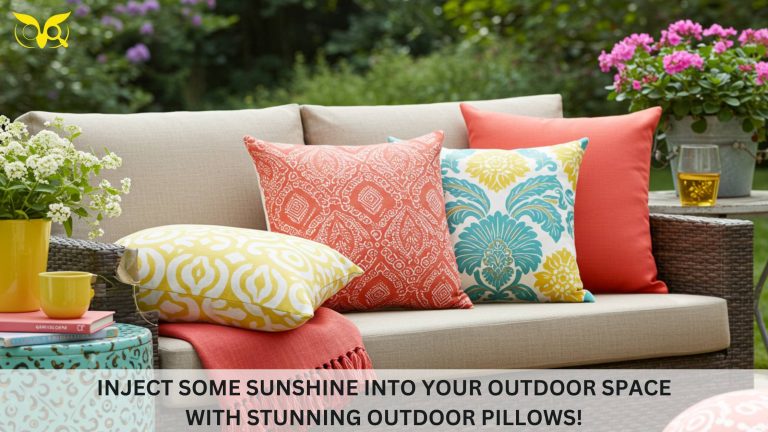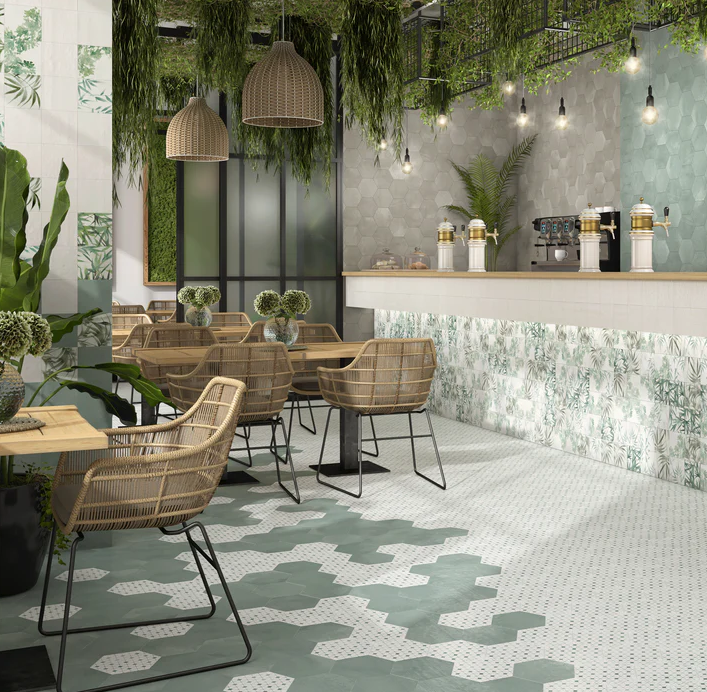Sliding glass doors have long been a hallmark of modern design. They’re sleek, space-saving, and offer that coveted indoor-outdoor feel. But as design trends evolve and building standards tighten, homeowners and renovators are starting to ask the question—are sliding glass doors still worth it in 2025?

To get a clear picture, let’s look at their practicality, design relevance, energy performance, security updates, and more. Whether you’re updating a home or building from scratch, there’s a lot to consider before you decide if this classic feature deserves a place in your space.
A Staple That’s Evolved with Time
In the past, sliding glass doors were more functional than flashy. Large glass panes? Yes. Energy efficiency? Not so much. But that’s changed. The latest models in 2025 come with advanced thermal insulation, triple-glazing options, and superior sealing technologies. They’ve kept their visual appeal while significantly improving in performance.
Designers are embracing minimalist lines and flush thresholds, integrating these doors into everything from Scandinavian-inspired homes to ultra-modern city apartments. Their aesthetic remains clean, simple, and timeless.
So, from a purely design standpoint? They’re still very much in.
The Practical Upside: Space and Light
One of the core benefits of sliding glass doors is how they handle space. Traditional hinged doors eat into square footage. Sliding doors, on the other hand, glide along a track—no clearance zone required. That makes them ideal for tighter floor plans or rooms that open onto patios, balconies, or gardens.
Then there’s the light. Natural light makes rooms feel bigger, brighter, and more welcoming. With the right placement, sliding doors can illuminate an entire ground floor during daylight hours. That means fewer lights on and, potentially, lower utility bills.
And let’s not overlook the view. If your home backs onto greenery, a beach, or even a well-kept garden, sliding glass doors act like a living picture frame.
Energy Efficiency: Big Gains Since the 2010s
Sliding doors used to be the weak link in a home’s thermal envelope. But new technology has flipped the script.
Manufacturers in 2025 are using low-emissivity (Low-E) glass, argon-filled panes, and thermal breaks to maintain indoor temperature more effectively. These enhancements reduce heat loss in the winter and block solar gain in the summer. Pair that with tight sealing systems, and you’ll see a major improvement over legacy models.
Some high-performance models even meet Passive House standards, an ultra-low energy benchmark that’s gaining traction across the UK and EU. Homeowners with these installations are reporting noticeable differences in temperature stability and energy bills.
That being said, always check the U-value of the door. In 2025, a solid choice sits under 1.0 W/m²K—far better than the average a decade ago.
Security Concerns: Still Valid?
There’s a lingering concern about security with large panes of glass. Rightfully so. Older sliding doors were often seen as easy targets for burglars due to flimsy locks and simple latch mechanisms.
The game has changed.
Modern sliding glass doors now come with multi-point locking systems, reinforced frames, laminated glass, and smart security integrations. You can link them to home security apps that notify you if the door is tampered with or left open. Some even offer fingerprint and facial recognition unlocks.
Physical strength has improved, too. Impact-resistant glass and aluminum or composite frames mean today’s sliding doors can hold their own.
Still, proper installation is key. A great product is only as good as the setup.
Integration with Smart Homes
Smart home integration isn’t optional anymore, it’s standard. And sliding doors haven’t been left behind.
2025 models often come with automated sliding mechanisms, motion sensors, and programmable climate settings. You can set them to open slightly for ventilation, close automatically at sunset, or lock down when your alarm system activates.
Voice control through systems like Alexa, Google Assistant, and Apple HomeKit makes them even more versatile. And for accessibility? Automated sliding glass doors are a game-changer for people with mobility challenges.
Customisation and Style Options
Gone are the days when your only choice was white aluminum and single-glazed glass. Today, sliding glass doors can be tailored to fit nearly any home style.
Frame materials include:
- Aluminum (sleek, modern, durable)
- uPVC (affordable, low maintenance)
- Timber (warm, traditional, more upkeep)
- Composite (best of both worlds—durability and aesthetics)
Glass types include:
- Clear or frosted
- Tinted or privacy glass
- Decorative or patterned
- Integrated blinds between panes
And sizes? Some doors span entire walls, transforming a room into an open-air haven when fully open. Slide-and-stack systems, cornerless designs, and curved tracks are also trending in 2025.
If you’re looking to make a strong statement with a seamless garden extension, conservatory sliding doors remain one of the most practical and visually stunning options available. They allow effortless blending between interior and exterior living spaces, especially when combined with open-plan layouts and flush thresholds.
Maintenance and Durability
Maintenance is often the dealbreaker. But sliding glass doors aren’t the headache they once were.
Most models now come with self-cleaning coatings that use UV rays to break down dirt. Frame finishes are tougher, with powder coatings resisting weather and corrosion far better than paint. Track systems have also seen upgrades better rollers, smoother glides, and less jamming.
To keep things running smoothly:
- Clean tracks every 1–2 months.
- Check seals and locks quarterly.
- Re-oil mechanisms annually.
A well-maintained sliding glass door can easily last 25–30 years without major issues.
Cost vs. Value
Price-wise, sliding glass doors aren’t cheap, but they do offer decent ROI. Installation can range from £1,200 for a small two-panel setup to over £8,000 for custom, triple-glazed, motorised systems.
That cost isn’t just for glass and frames. You’re paying for:
- Energy savings over time
- Increased home value
- Improved aesthetics
- Better lighting
- Indoor-outdoor functionality
According to UK estate agents, homes with high-end sliding doors in living spaces or kitchens often command higher offers due to lifestyle appeal alone. Buyers love a good view and natural light. You don’t have to be selling this year to make it a worthwhile investment.
Accessibility and Aging in Place
Sliding doors are increasingly being chosen for aging-in-place designs. Why? Because they make mobility easier.
You don’t need to push or pull, just slide. This can be especially helpful for wheelchair users or anyone with reduced strength. Many models come with low-threshold or level-entry tracks, reducing tripping hazards and making transitions between indoor and outdoor spaces smoother.
Install a wide format model, and you’ve also got easier access for moving furniture or medical equipment, if that ever becomes necessary.
Environmental Footprint
Sustainability is no longer a bonus; it’s expected. And in 2025, many sliding glass doors are ticking more eco-friendly boxes.
Look for:
- FSC-certified wood for timber frames
- Recycled aluminum for lower embodied carbon
- Double or triple glazing with argon or krypton fills
- Manufacturers with EPDs (Environmental Product Declarations)
Some manufacturers are even building entire cradle-to-cradle programs, allowing you to recycle doors when their life ends rather than sending them to the landfill.
Final Thoughts
Sliding glass doors in 2025 aren’t what they were ten years ago. They’ve kept their style, ditched the flaws, and embraced smarter tech, tighter insulation, and stronger safety features. From conservatory sliding doors that merge your indoor life with the garden, to full-glass wall sliders that disappear at the touch of a button, they’re still delivering.
Source: https://baddiehub.news/






